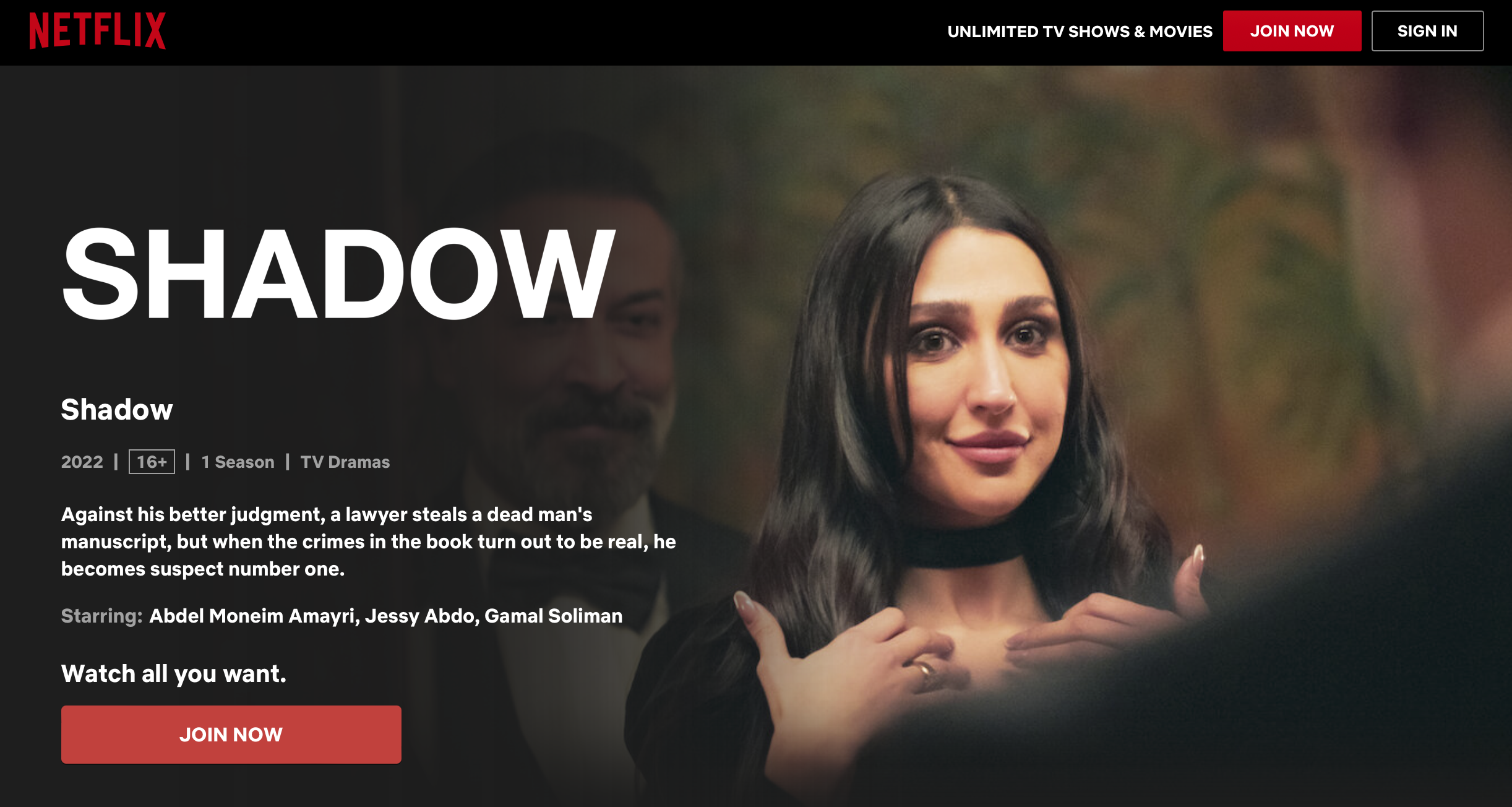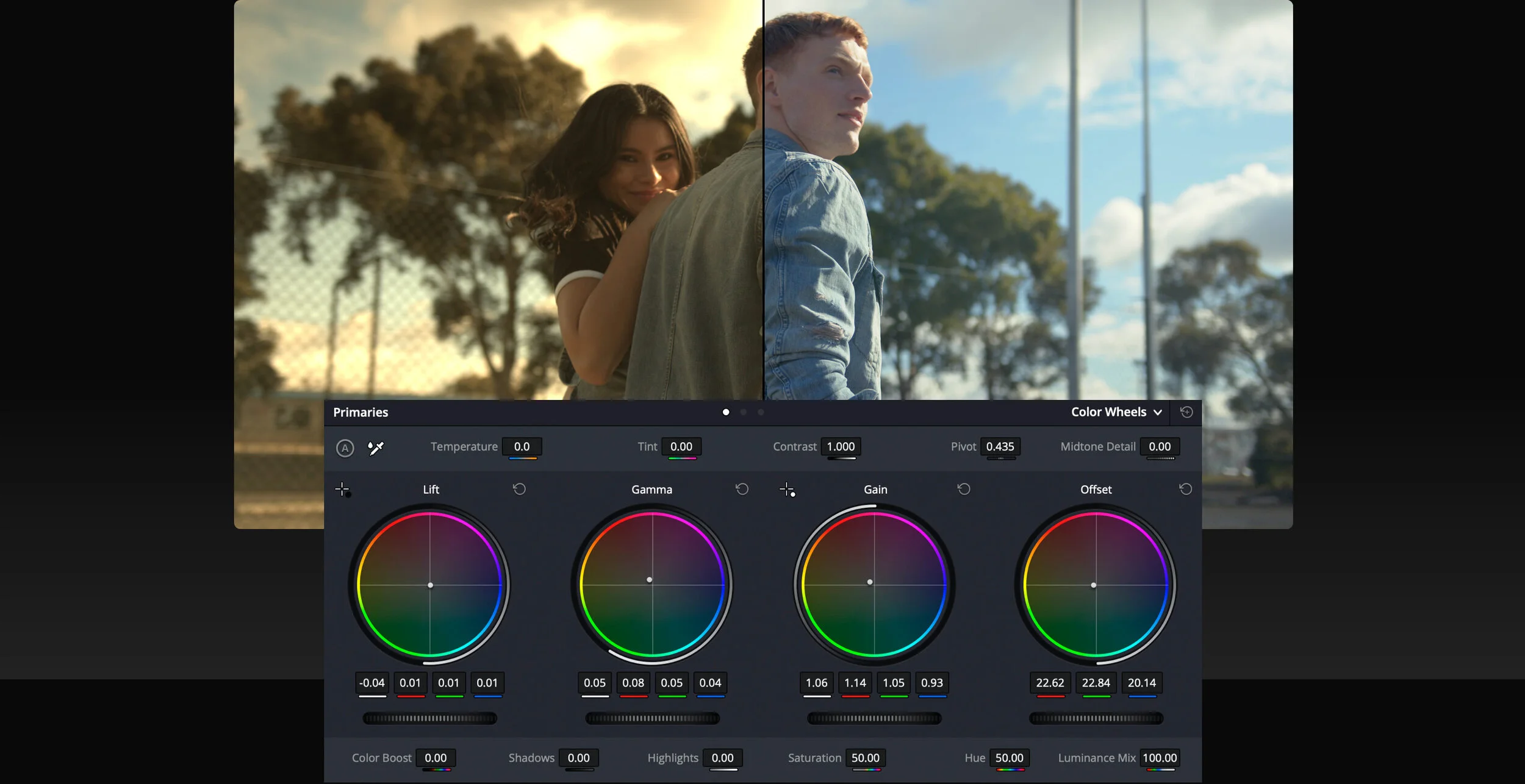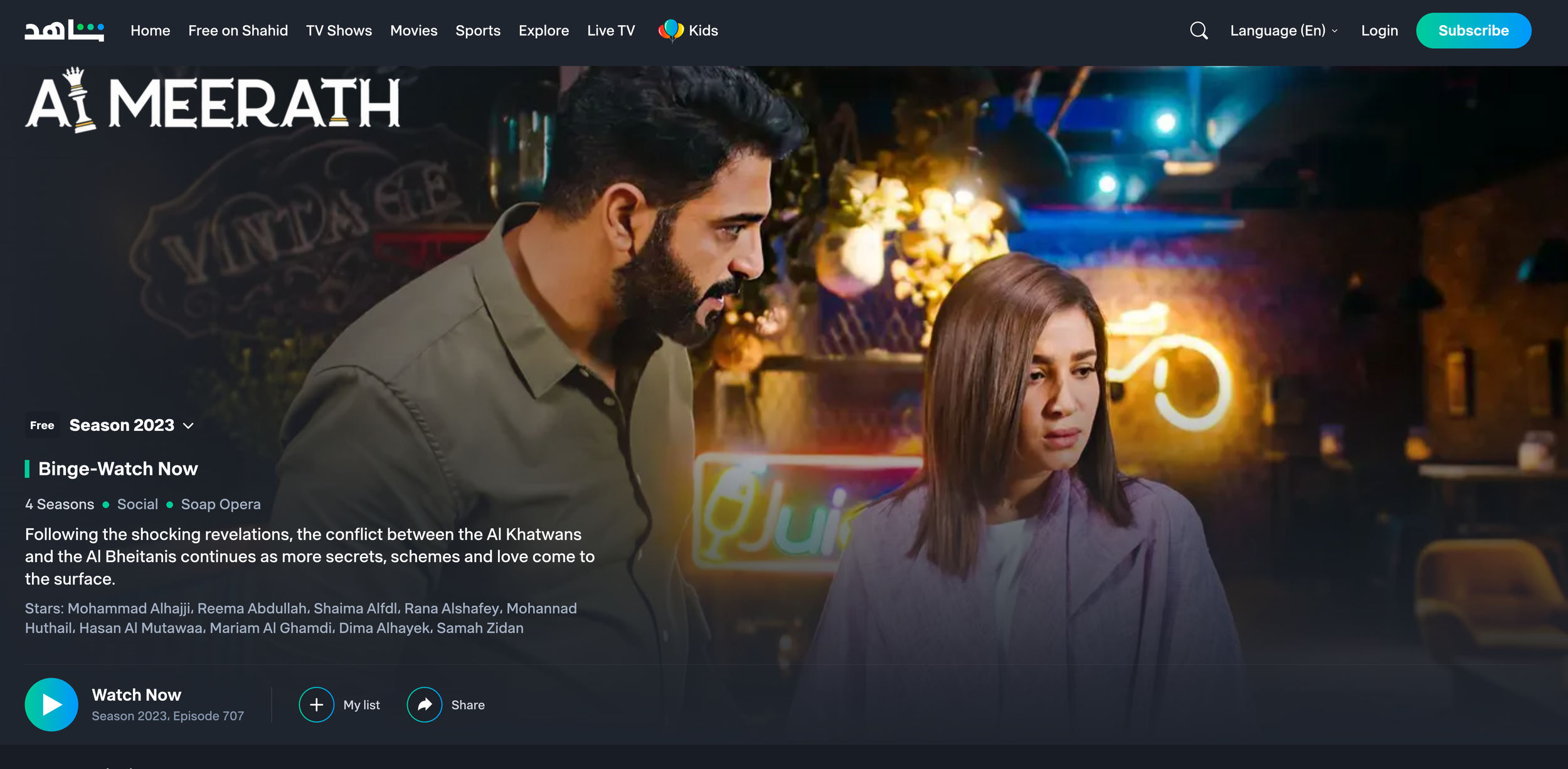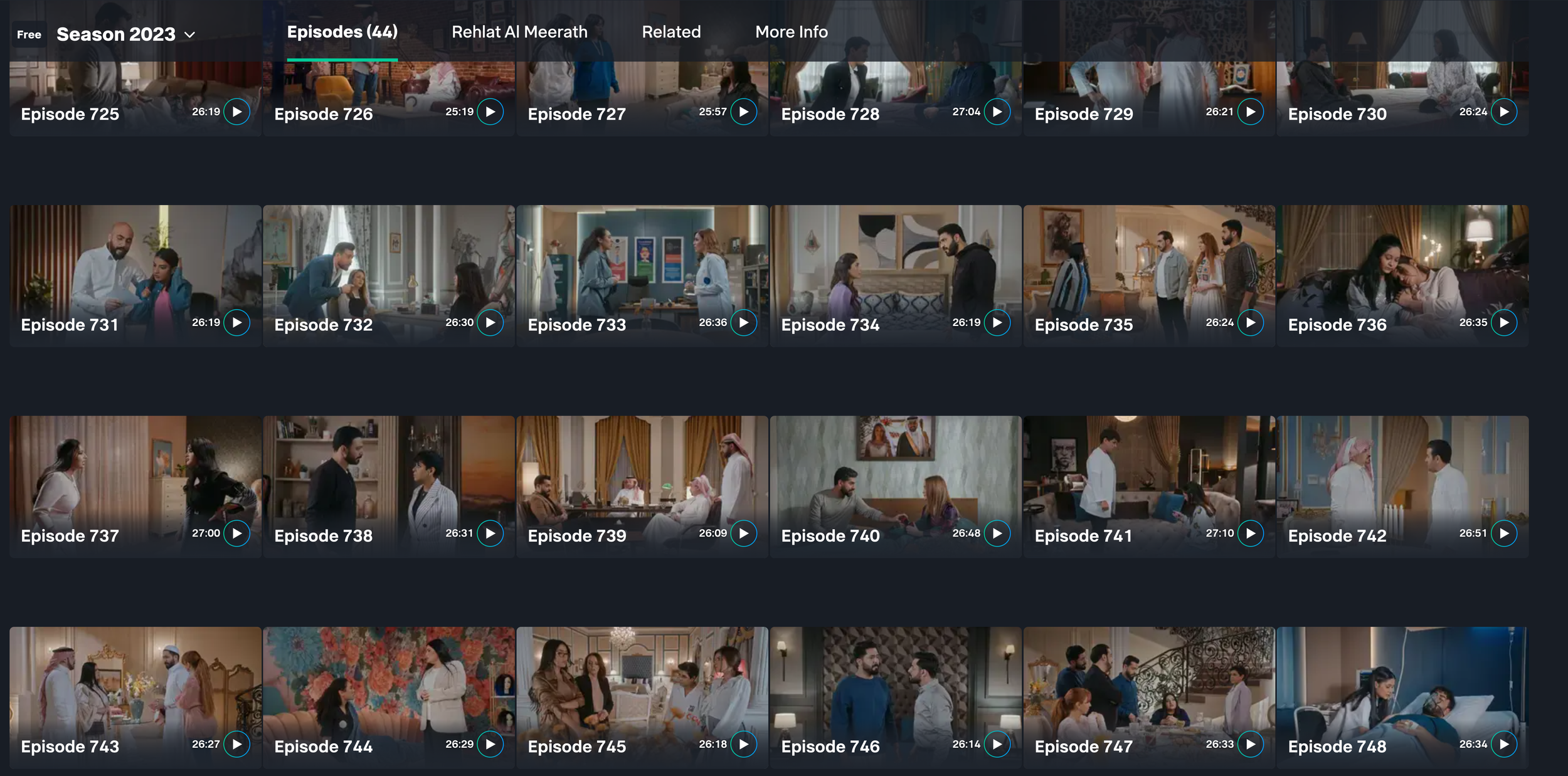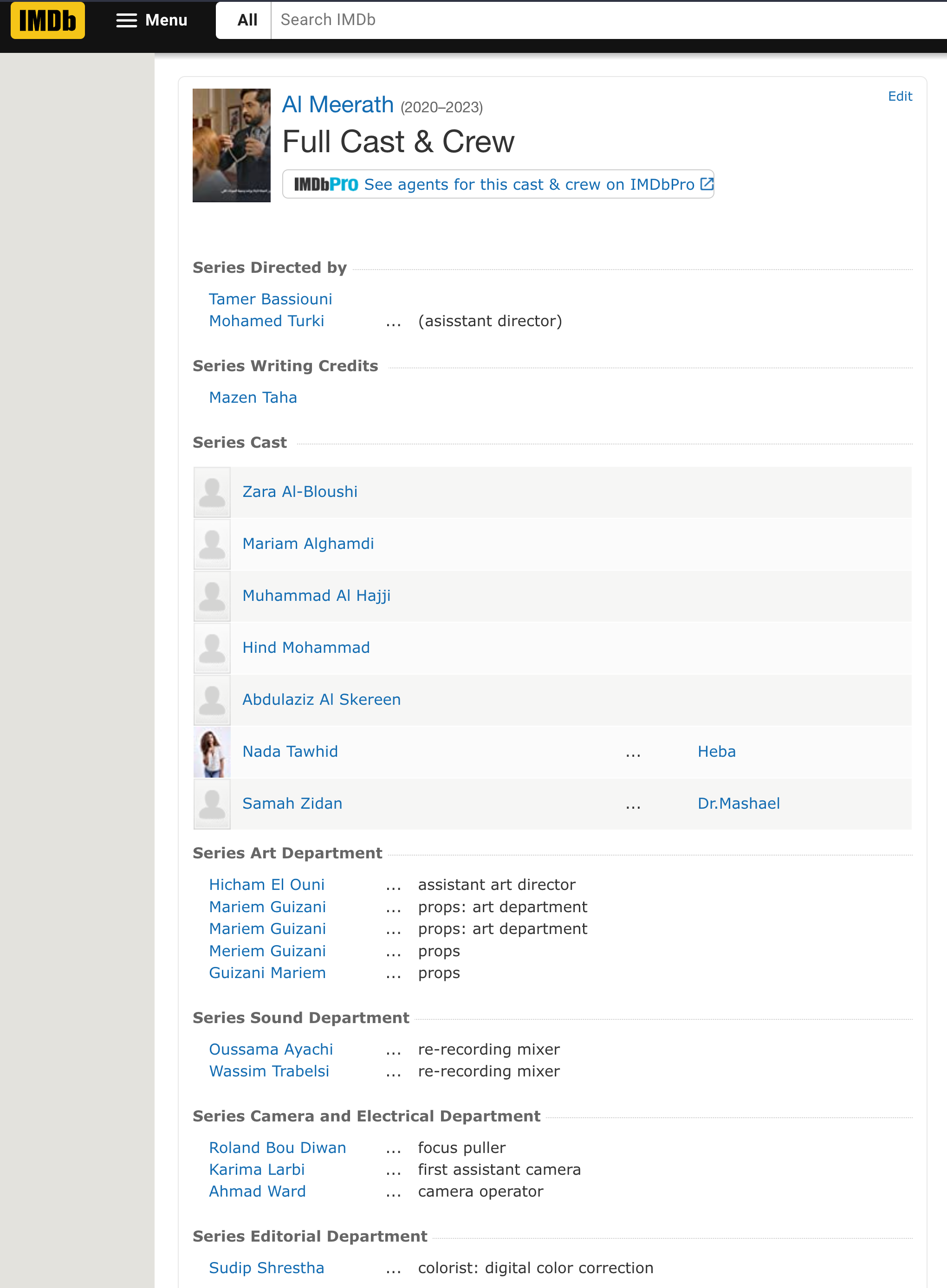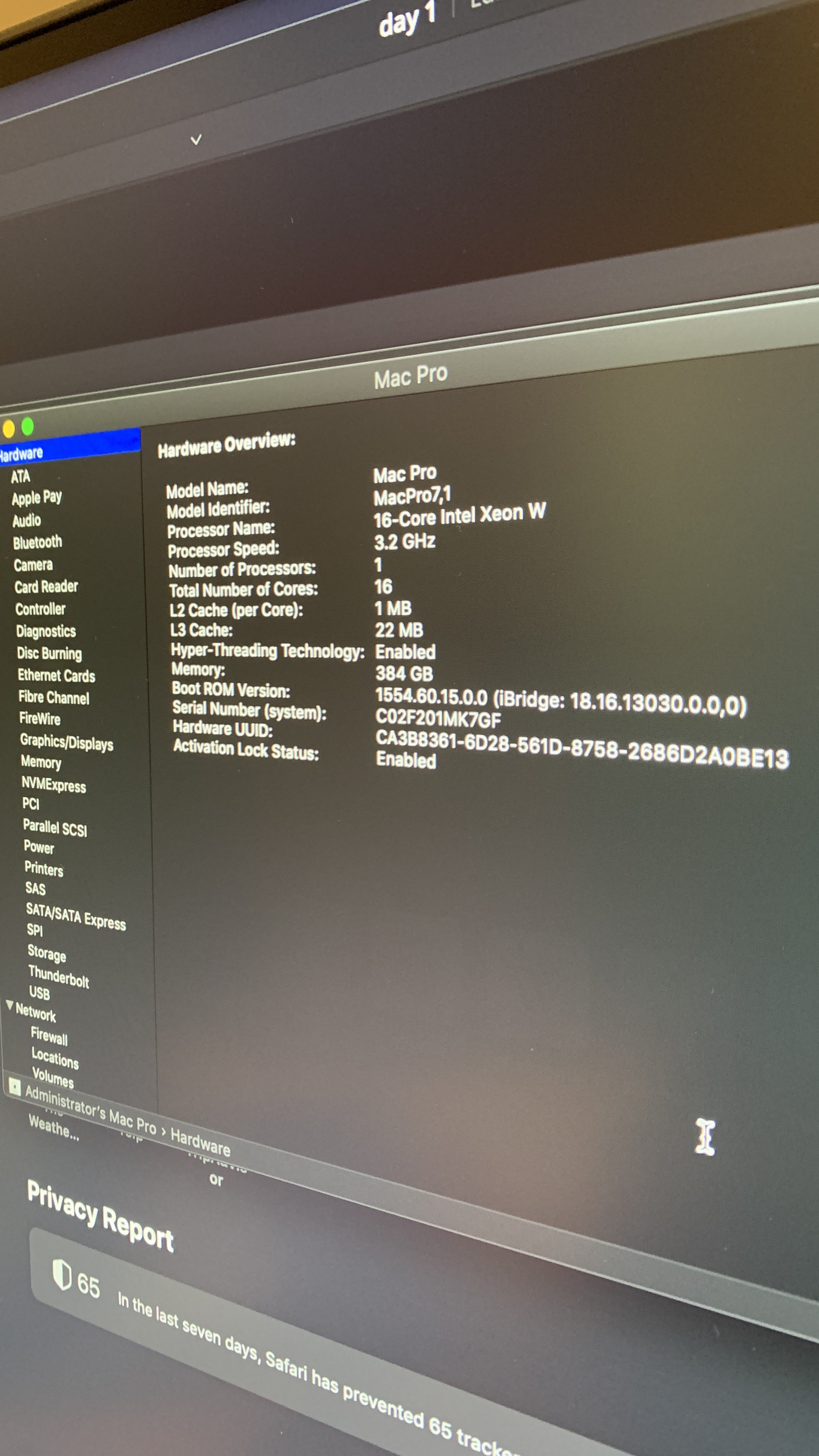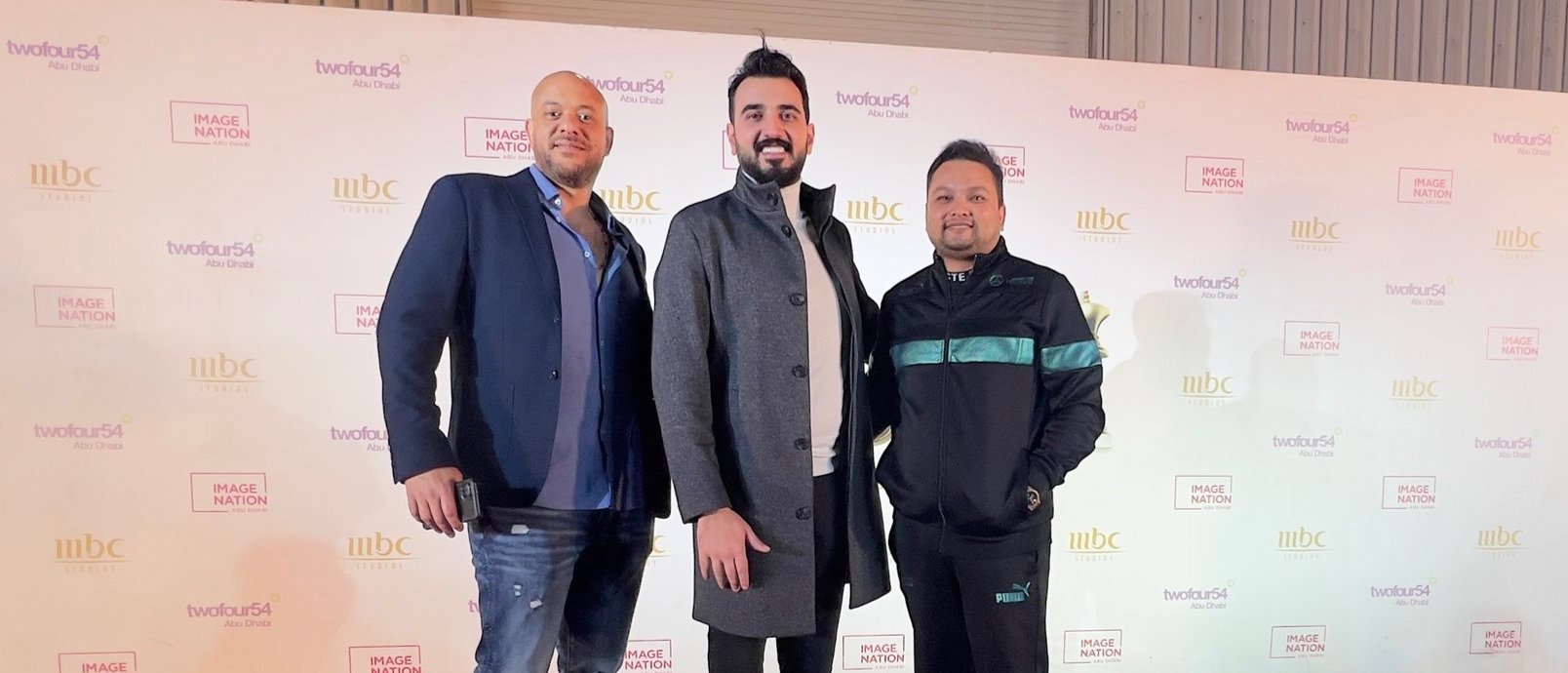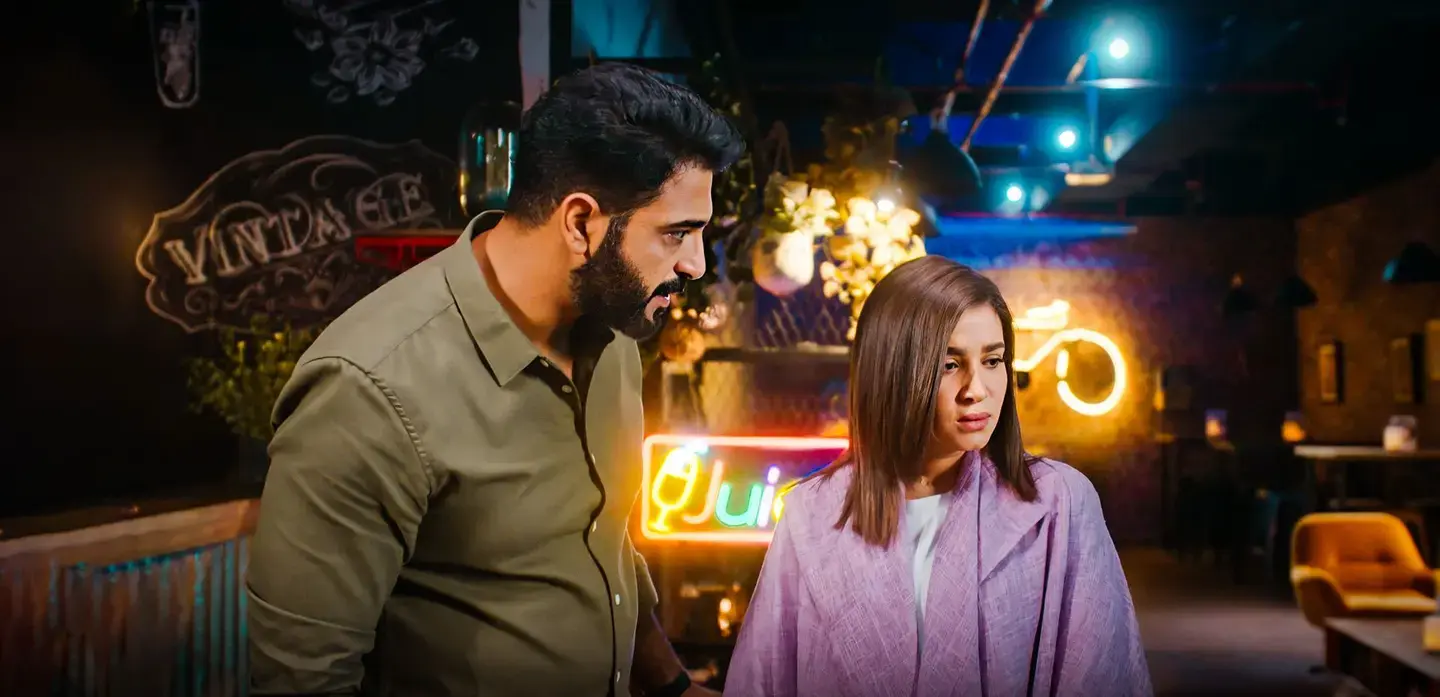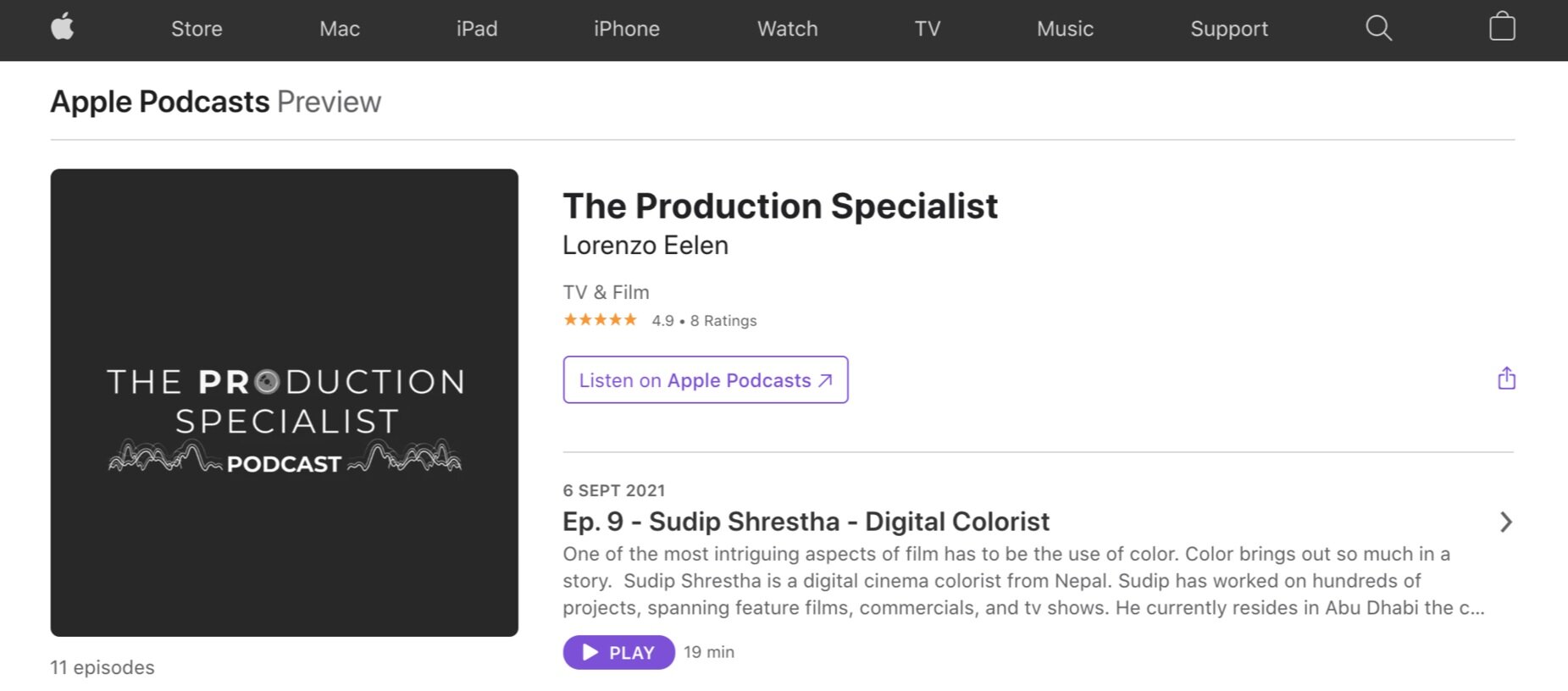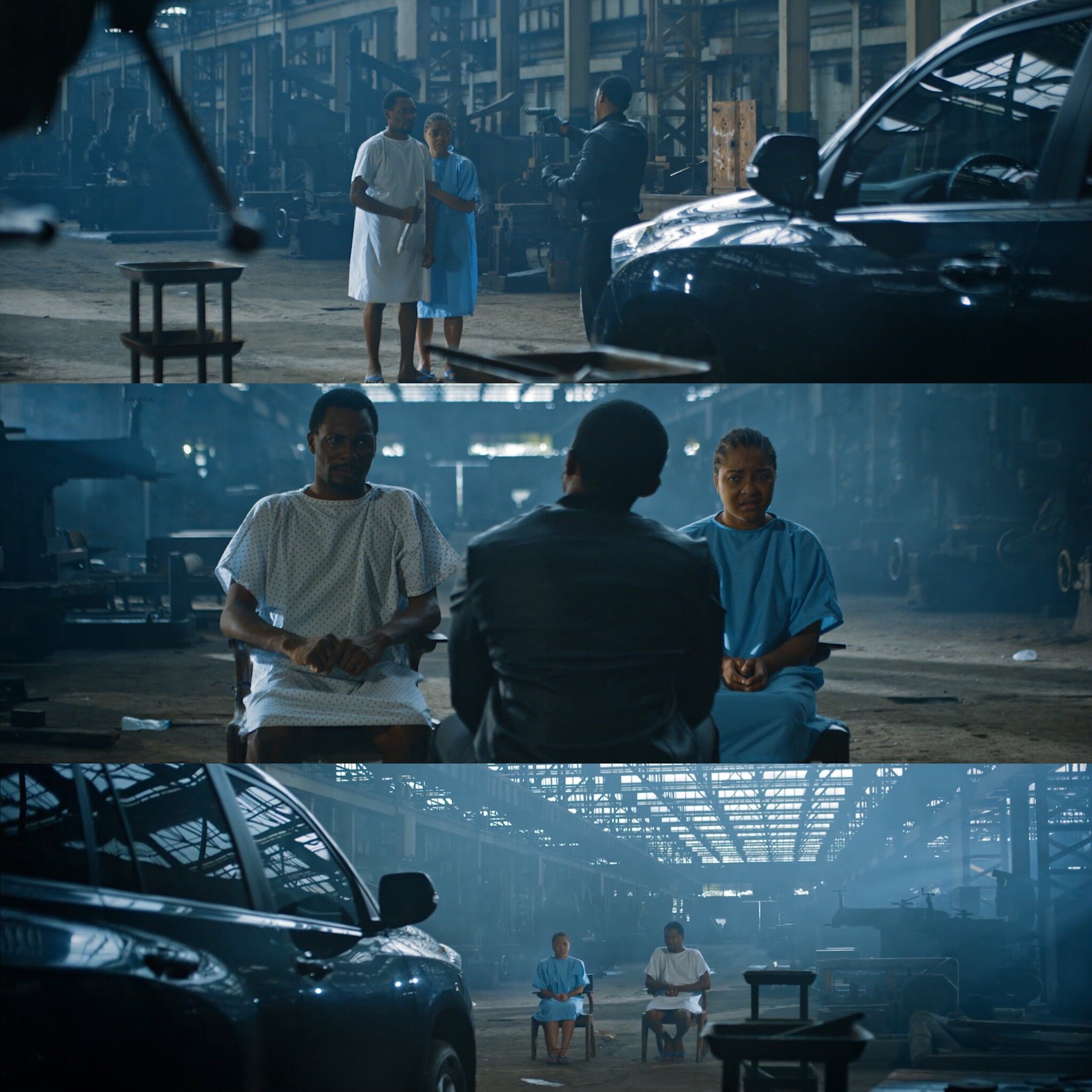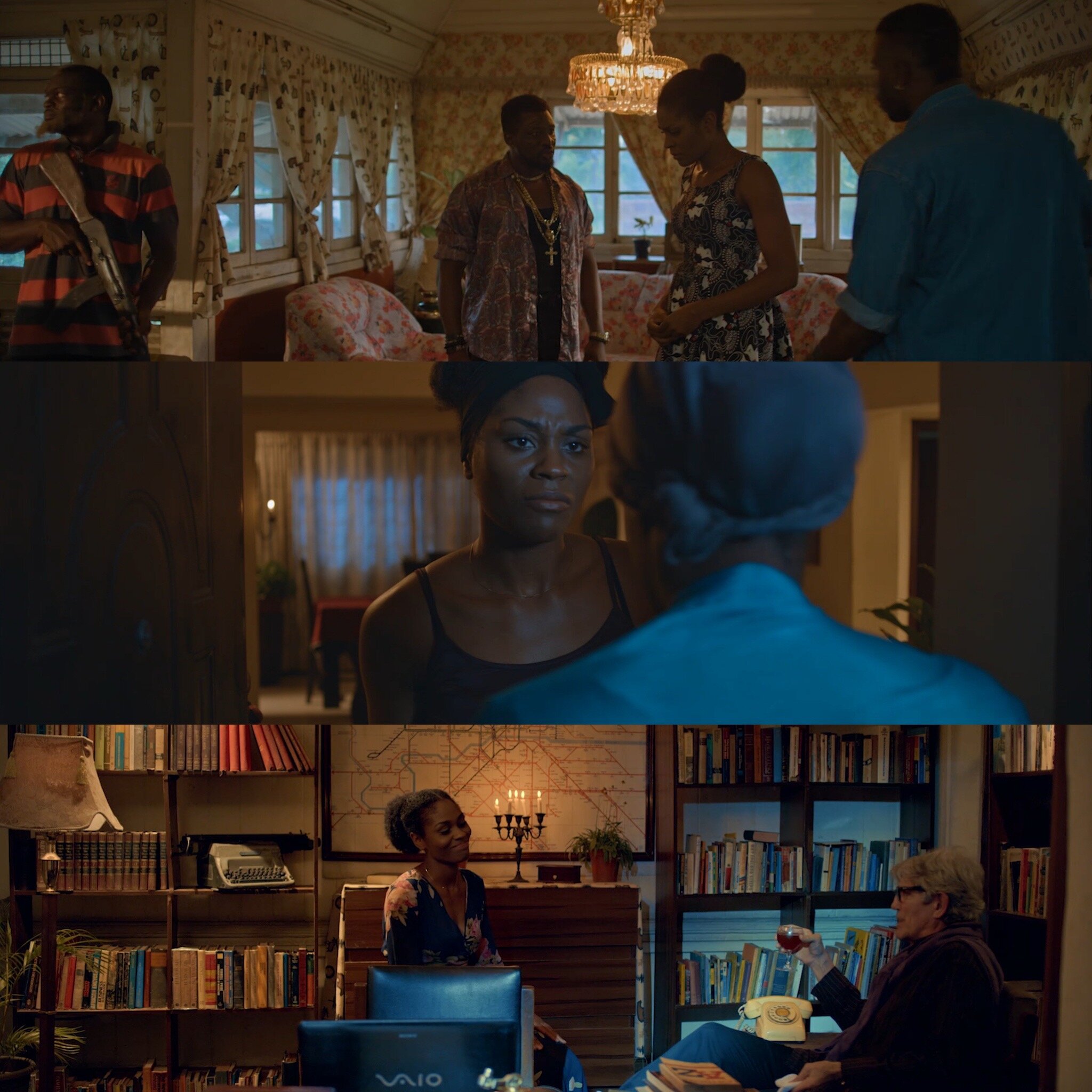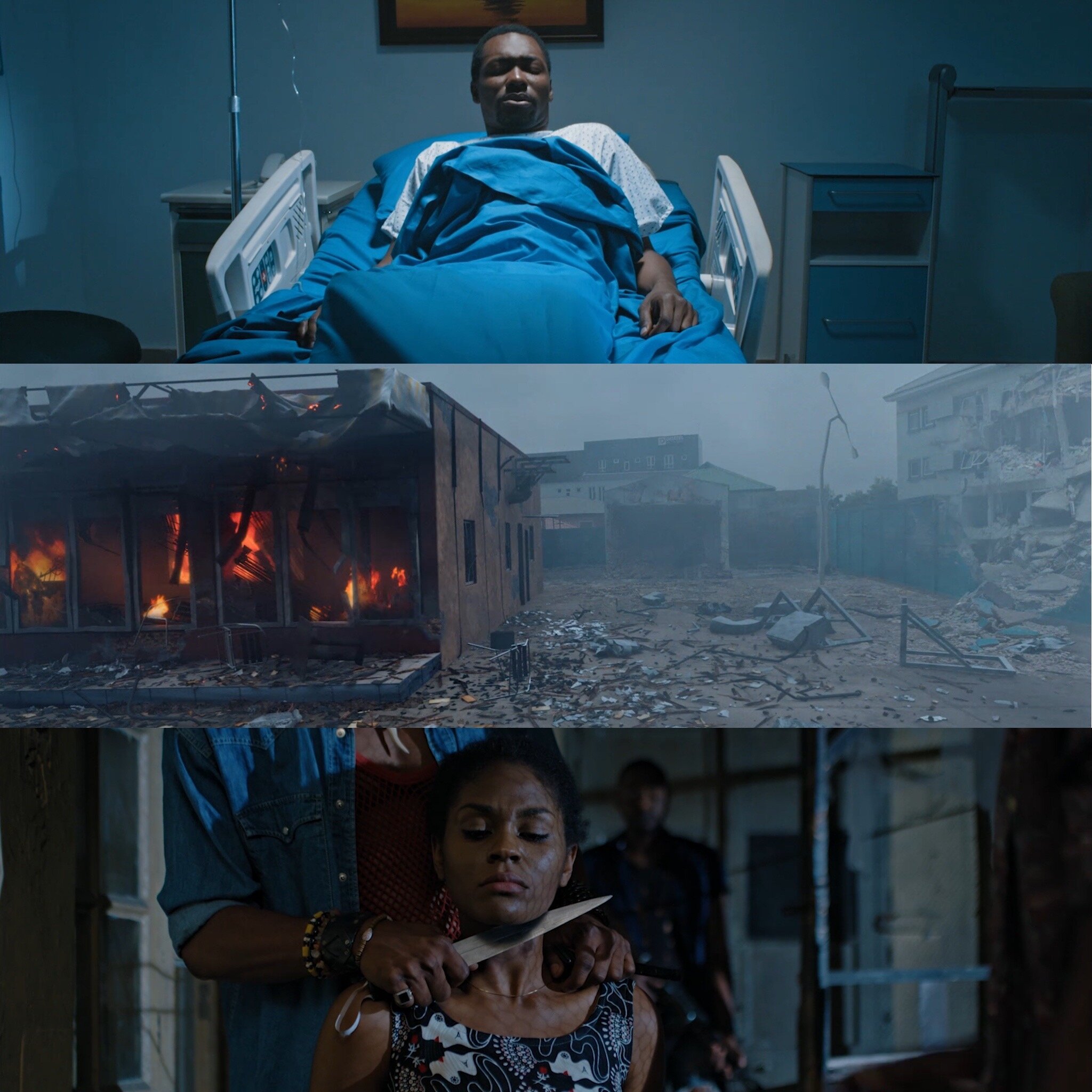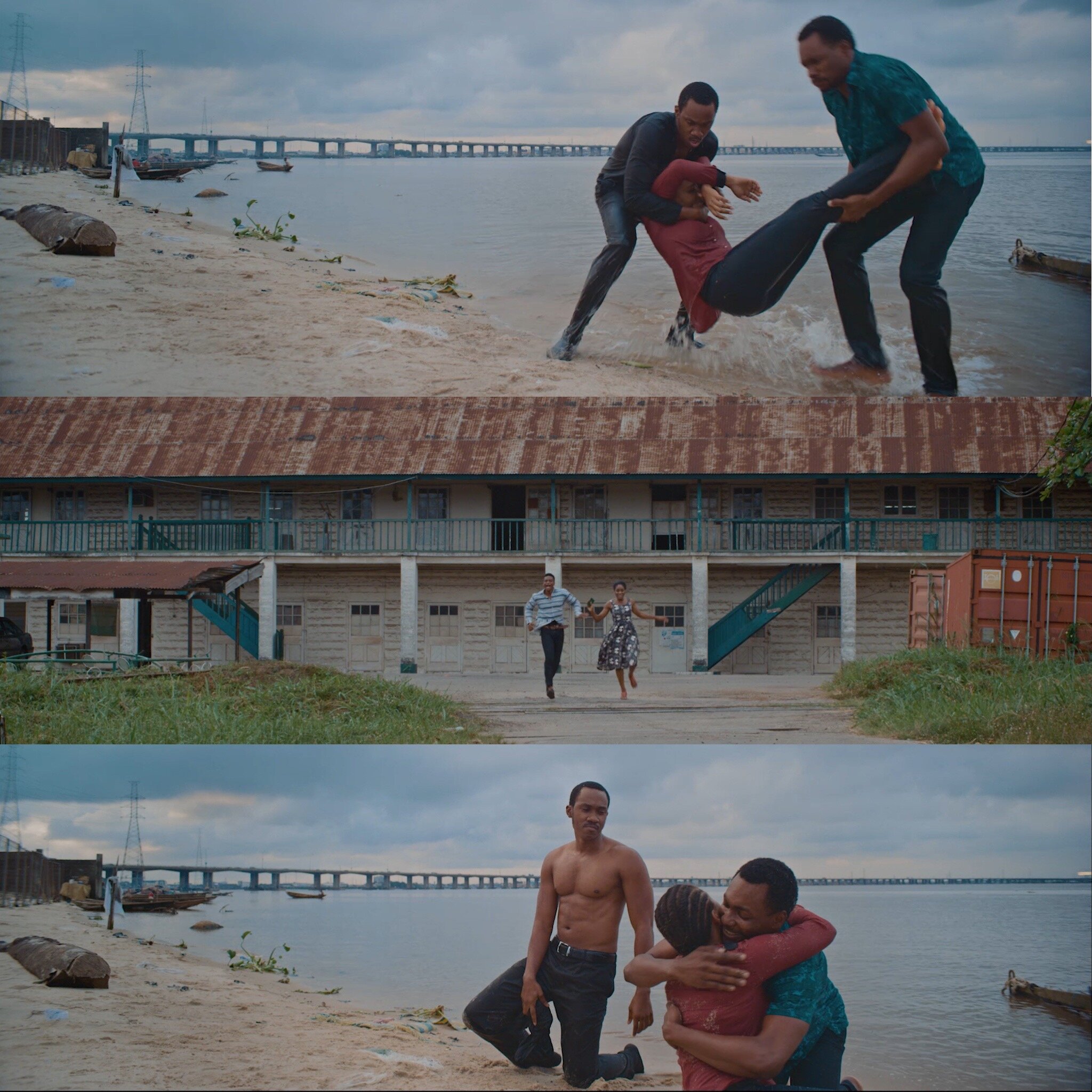Beyond the Scope: Why the LA 411 Directory is a Must-Have for Colorists
In the world of color grading, technical skill in DaVinci Resolve or Baselight is a given, but professional success often hinges on something more foundational: connection and visibility. The LA 411 Directory, a long-standing staple in Hollywood, is an invaluable resource for post-production professionals, including colorists and post-production houses.
If you're a colorist looking to expand your network, find new projects, or source the best post-production resources in Southern California, understanding and utilizing the LA 411 is essential.
What is the LA 411 Directory?
The LA 411 is the definitive, verified production directory for the film and television industry in Southern California. Unlike a generic online search, every listing within the directory is verified, ensuring a high standard of quality and professionalism. It covers the entire spectrum of production needs, from pre-production to final delivery.
For a colorist, the "Post Production" section is where the gold lies, offering direct access to:
Audio post facilities
VFX houses
Editors and post-production supervisors
And, crucially, other post-production houses and studios that may need freelance or staff colorists
How Colorists Can Leverage the LA 411
The directory serves several key functions for a grading professional:
1. Networking and Job Opportunities
Growing your network is vital, as referrals often lead to paid work. The LA 411 provides a structured way to identify and connect with the decision-makers at production companies, advertising agencies, and post-production studios who hire colorists. Listing your own services (or ensuring the facility you work for is listed) increases your visibility to producers and DPs actively seeking color expertise. Job opportunities are also sometimes posted directly through the platform.
2. Sourcing Collaboration Partners
Color grading doesn't happen in a vacuum. A successful post-production workflow requires seamless collaboration with editors, sound designers, and VFX teams. The LA 411 allows you to find reliable, high-end professionals for a specific project. Need to recommend a reputable post-production supervisor or a sound mixing facility? The directory has vetted options readily available.
3. Staying Informed on Industry Trends
LA 411 is more than just a list of names; it's a hub of industry information. Their blog and press releases frequently cover relevant post-production topics, such as the rise of remote grading workflows or new technology. Staying current on these topics can inform your own business practices and keep you competitive.
A Powerful Tool in Your Arsenal
Technical skills get your foot in the door, but industry knowledge and a strong network keep you in the room. The LA 411 website is an essential resource for any colorist serious about building a sustainable and successful career in the demanding Los Angeles film and television market.
Don't just be a great colorist; be a well-connected professional who knows where to find every resource necessary to bring a project to the finish line.

